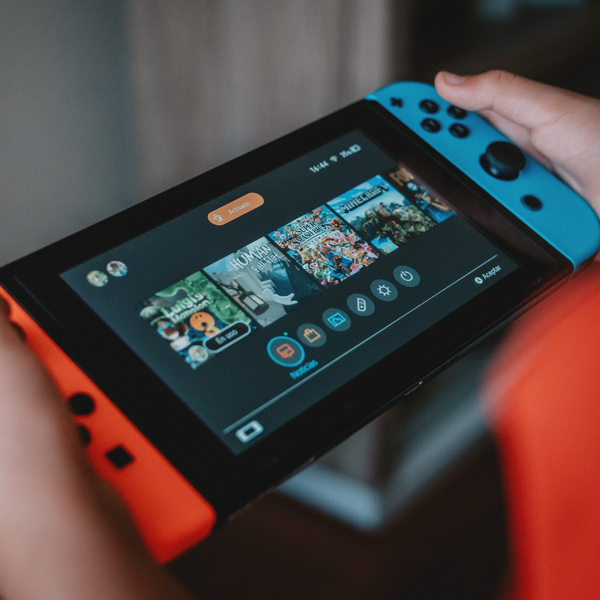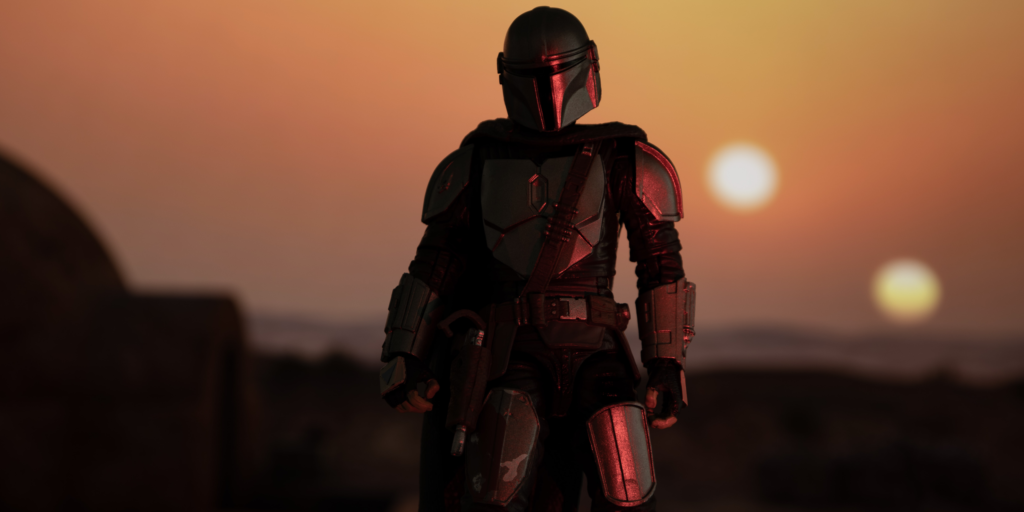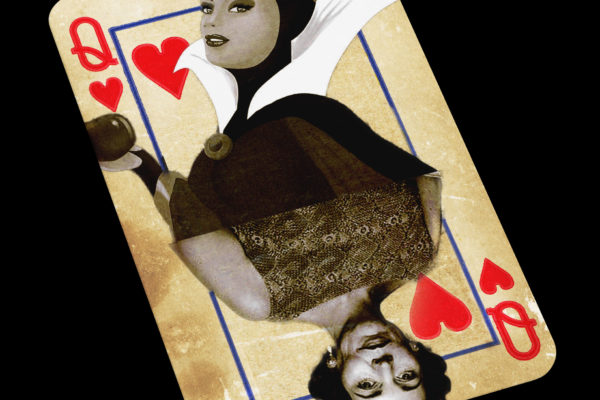Lockdown obviously put a heavy emphasis on streaming entertainment with surging growth amidst people stuck in their homes. But Disney+ managed to beat out Netflix in forging the emotional connection, which is so critical in Play, and for which Disney is so famous. If Disneyland is “the happiest place on earth”, we could expect Disney+ to be the happiest streaming service and it appears to have delivered exactly that.
When you take away all that you have to do, you are left only with what you want to do. A compelling and universal form of pure self-expression: play.
But what do our “unconstrained selves” need in the moment from a brand? How can a brand use this understanding to stretch into the play arena? And is the self-expression we find in play different to any other form of “expression through consumption” that is so often the basis for building relevant, resilient brands?
A streaming service isn’t about the movies you watch; a retail store isn’t about buying; shoes aren’t about the gear — it’s about what that experience, moment, feeling activates in consumers’ lives.
While this might be said of many brand-to-consumer relationships, Play dynamically activates this intersection. Emotion really drives consumer behavior in this category and brands that can deliver an emotionally rich experience outperform those that can’t.
Play is about enabling consumers to be the hero in their own story and the centre of their own ever-evolving narrative, then brands need to elevate consumers – what they are able to achieve, and their self-conception.

In a year spent at home, starved of emotional connection you would imagine that streaming companies, which in many senses ‘keep us company’ would perform well in the eyes of consumers. However, one of the surprising losers of the pandemic – according to customers – is Netflix.
Of course, Netflix is a powerhouse brand, with a brand value of $m12,665. Beyond great content, its strength has been that it has provided customers with social (and therefore emotional) capital.
Netflix programs empowered consumers – those with access to Tiger King, Narcos, The Crown or Stranger Things – to be part of a conversation. “OMG did you see…?” became staple chatter around the office water cooler. But what happens to Netflix when the water cooler disappears?
What we hear from customers is that Netflix’s ability to enhance their social status and forge a sense of connectedness diminished in 2020. The streaming started to play a more functional role in helping people pass long chunks of time – to survive the boredom. Even with a ‘something for everyone’ approach, the sheer breadth and volume of content began to feel like it still wasn’t enough.
Netflix has struggled to catalyze a more intimate experience through its platform. As a result, it feels to consumers more like an online catalogue. Its unpopular mid-pandemic price hike felt to many like the last straw. Are we beginning to see weak signals from consumers who are becoming more skeptical of the brand, even as they continue to use it? Less captivated, more captive.
In contrast, Disney+ has been a bright spot for the parent company over this past year – helping maintain its stock price even as its parks were closed.
Lockdown obviously put a heavy emphasis on streaming entertainment with surging growth amidst people stuck in their homes. But Disney+ managed to beat out Netflix in forging the emotional connection, which is so critical in Play, and for which Disney is so famous.
Disney knows a thing or two about tying emotion to experience from its theme parks, which it was well positioned to leverage online. If Disneyland is “the happiest place on earth”, we could expect Disney+ to be the happiest streaming service and it appears to have delivered exactly that. Enabling consumers to create new occasions, bringing content into consumers’ lives in a way that creates real world meaning too – for example by using content to make the fourth of July special and releasing movies straight to the platform, so that families could create occasions to celebrate together at home.
We see this function vs emotion contrast play out when asking consumers why they identified either Netflix or Disney+ as a go-to Play brand. While Netflix customers tend to speak of content variety and function – I love that on Netflix I never have to watch commercials! –Disney+ customers talk about the meaning the service gives them – I love watching Disney+ with my family because I can bond with my little one.
This shifting emotional need is reflected in our consumer sentiment tracker which saw Netflix rate customers lower between 2019 and 2020 – dropping from the top level “Synergistic Brand” down a level to “Partner Brand”. Meanwhile, Disney+ sits at the apex of the model for 2020.
2021 Nielsen data also portends some troubling trends ahead for Netflix.
Although the company currently holds a commanding 28% share of the streaming market compared to Disney+ with 6%, last year Netflix had a 31% share, which pundits argue means most of the gains Disney made have come from Netflix. Couple this with Disney’s current forecast to hit between 230 million to 250 million subscribers by 2024 and Disney+ is well placed to take the streaming mantle.

However, Disney+ might not be the competitor on Reed Hastings’ mind. When asked on a 2020 investor call “who could ‘Netflix’ Netflix?” His response spoke to the breadth of the arena and competitive threats against which his company is operating:
“YouTube, TikTok, augmented reality. I think we’ll do pretty well against Disney and HBO. We’re all going to be in it for a long time. The threats that get you are often the substitution threats, the things that you really didn’t spend a lot of time on, and so those are the ones that we worry about in the long term.”
Disney is perhaps stealing market share, and at the least, is stealing emotional equity right now. But is Reed Hastings right? What’s the future state that these rivals need to be looking for on the horizon and what will happen when that change arrives? Netflix is better positioned to pivot quicker and scale into the next big inflection. Disney has the advantage that when they do pivot, they can afford to go big.
And yet, what both companies will need to circle back to regardless of their advantages or disadvantages is that no matter the form it takes, is the intensely intimate nature of their relationship with customers. And something inherently personal requires connection.
Attention might be easily won, but it’s hard to hold. In the Play arena, building brand loyalty is to design valuable relationships that create emotional bonds. Brands that understand and intersect these needs, demonstrate emotional relevancy, and elevate the consumer to be the hero of their own story will see the most growth.

